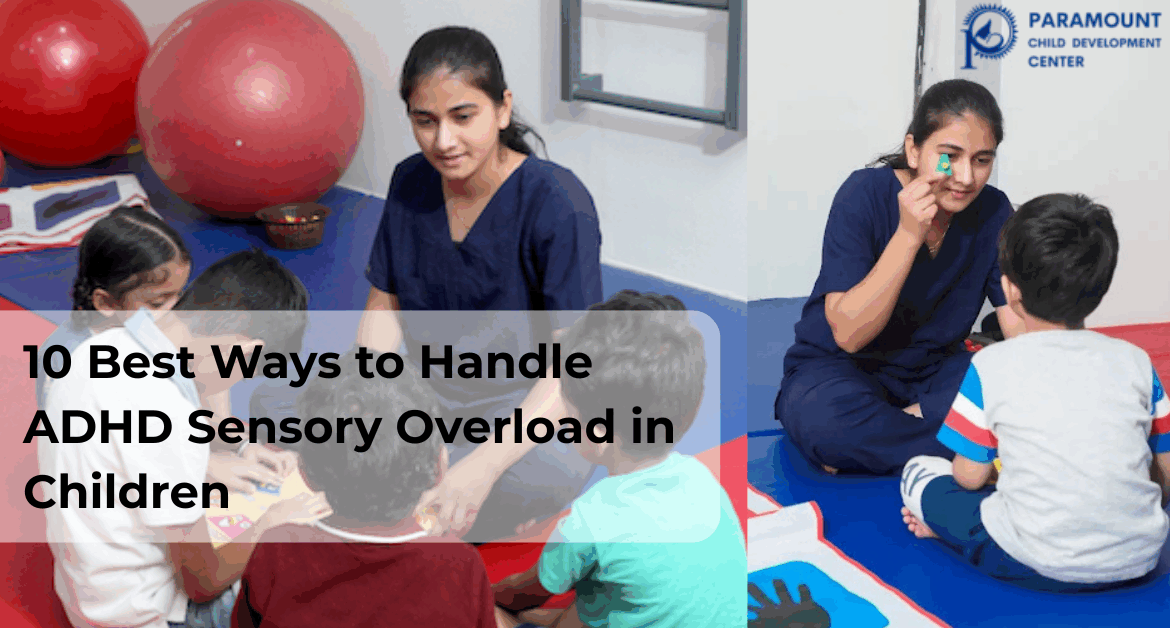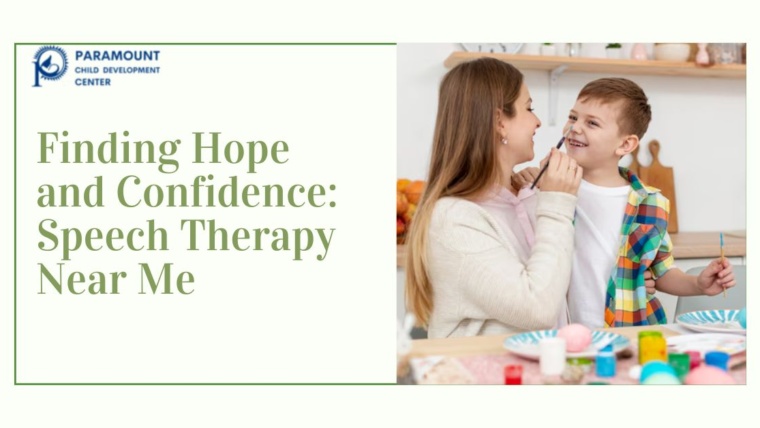Children with ADHD (attention deficit hyperactivity disorder) should usually deal with the problem referred to as sensory overload. This occurs when their brain bombs with too much sound, touch, light or other senses. Sensory overload will distress, agitate up, or upset a child. Learning what to do in order to assist children in dealing with sensory overload is essential to their comfort and development. Here in this blog, we will discuss the 10 best methods to manage ADHD sensory overload in children in simple terms.
What is ADHD Sensory Overload?
Before we begin, take some time to discover sensory overload. Kids with ADHD have a hard time ignoring surrounding noise, bright lights, or particular textures. When too many senses are activated simultaneously, the brain gets bogged down. The child will cry, yell, or crash.
Make a Quiet Room
Creating a quiet room at home or school is one of the best methods of handling ADHD sensory overload among children. The quiet room must be without blaring noises, bright lights, and many people. The quiet room can have comfortable pillows, dim lighting, and soothing colours. When your child is overloaded, instruct him to report to the quiet room and de-stress and relax.
Wear noisy headphones
The noise is one of the major causes of sensory overload in children with ADHD. The noisy headphones will block the ears, which will block the noise loudly or shocking. They are useful on vigorous occasions such as school assemblies, shopping, or family celebrations. They free your child from heavy sounds and enable them to focus.
Provide regular brakes
ADHD children may often need to take repeated brakes so that the senses are not overwhelmed. Brakes give the brain a chance to relax and fill yourself again. Support during break time stretching, deep breathing, or a brief walk. Use a timer to remind your child to take a break, especially during the time of study or during busy days.
Sensory equipment
Such as stress balls, fidget spinners, or texcharged toys can be employed to help children in managing sensory overloads. These devices provide a specific sensory input that will calm the brain. Let your child take your own favorite sensory toy with you so that whenever they feel overwhelmed, they can use it.
Breathe Deep breathing
Exercises work very well to take care of sensory overload. Train your baby in basic deep breathing techniques such as breathing slowly through nostrils and exhaling slowly with an open mouth. Daily practice of deep breathing calms children’s reactions to reduce sensitive overload and anxiety.
Create a routine
Children with ADHD feel more comfortable and calm when a routine is established. There is a daily schedule that is estimated, and there are more no-surprises, allowing the child to know what is next. If they know what is going on, your child will be less likely to be overwhelmed, whether it is a change in surprise or a new situation.
Choose comfortable dress
Many times, apparel children create sensitive overloads. Tags, seams, or tight dress can disturb their skin. Use a soft, tagless and loose-moth costumes so that your child remains comfortable throughout the day. Allow your child to select your dress several times to promote more comfort.
Ban the screen time
Screen such as TVs, tablets and phones sometimes increase sensing overload due to bright lights and fast-moving images. Ban your child’s screen time and select soothing programs when they see. Promote outdoor plays and hands-on activities to reduce screen exposure.
Communicate and listen
Children with ADHD can struggle to put words in words the way they feel that they feel overwhelmed. Encourage the child to explain how they are feeling. Ask them simple questions like, “Are you getting very loud?” Or “Do you need to take a break?” Listening carefully makes you more aware of their needs and it is better to help them.
Work with professionals
If sensory overload is creating important issues, it is useful to work with professionals such as professional therapists or consultants. They can provide special strategies of your child to compete with sensory input. Professionals can also help parents to use strategies that work specifically for their child’s needs.
Conclusion
Patience, sympathy and effective strategies are required to manage ADHD Sensory overload in children in Jaipur. Handling ADHD Sensory overload in children requires patience, understanding and correct strategies. Creating a cool space, using sensory devices, and keeping a routine are some simple ways that help your child to remain calm and concentrated. Remember, every child is different, so try different ways to do the best work for your child. With love and support, children with ADHD can learn to manage sensitive overloads and enjoy their daily activities.


